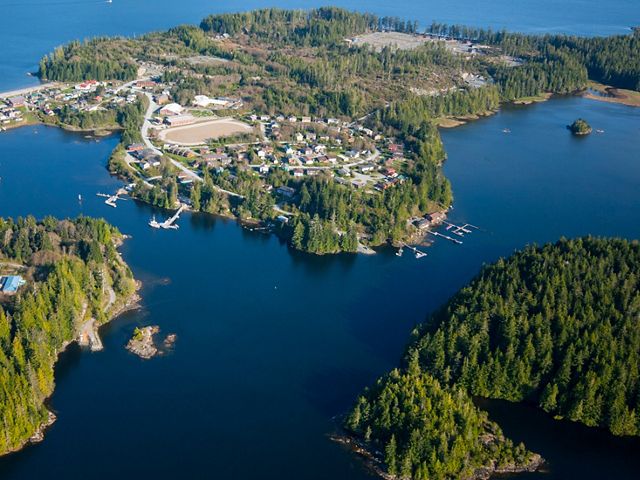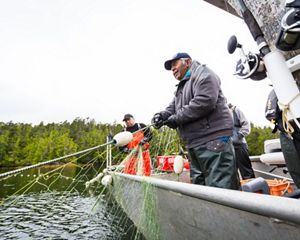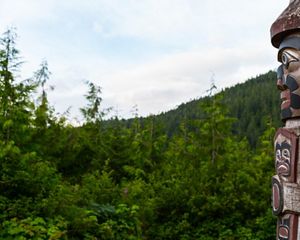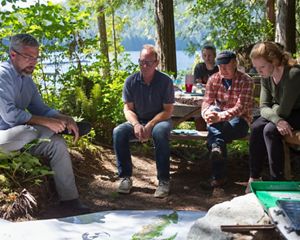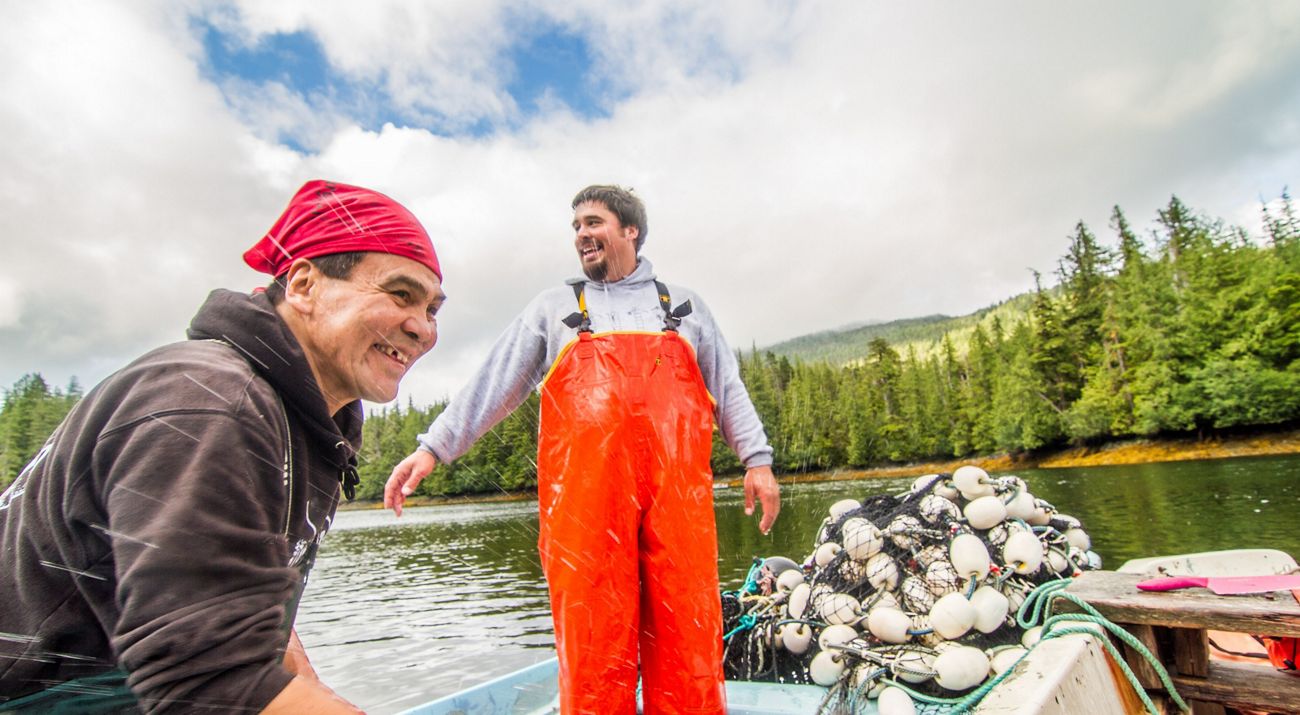
Enabling Conservation Through Economic Development
We're working with communities to develop conservation strategies rooted in economic development for the Emerald Edge.
How does economic development relate to conservation?
"It’s simple," says Community and Economic Development Lead Tyson Atleo. "One is not possible without the other. Access to sustainable economic opportunities is critical to the well-being of local people. And community wellbeing is critical to conservation success. Large-scale conservation can only be successful and sustainable with the full endorsement and leadership of the local people who have the greatest stake in the outcome. Plus, the happier and healthier people are, the more capacity they have to care about and lead conservation."
Through mentoring, coaching and economic resources, we equip people to strengthen their communities for the long term. We also partner with local industries as they transition to sustainable practices that lead to stability and lasting success.
Quote: Tyson Atleo
Large-scale conservation can only be successful and sustainable with the full endorsement and leadership of the local people who have the greatest stake in the outcome.
Great Bear Rainforest: Investing in Local Economies
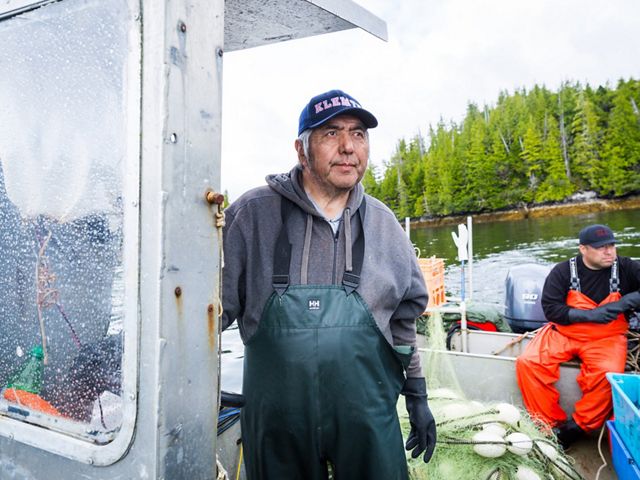
A unique goal of our work in the Great Bear Rainforest has been to support a resilient coastal economy to underpin meaningful and lasting conservation. To achieve this, we established Coast Funds. With our initial $39-million investment in the Great Bear Rainforest TNC leveraged additional private and public funding, resulting in the $120-million Coast Funds—divided evenly between an endowment to support conservation activities and a sinking fund to drive sustainable economic development.
As a result of these investments, 45 new businesses and 767 new, permanent jobs have been created in First Nation communities.
Quote: Eric Delvin
Having people of the place who carry with them the knowledge of that place for the last ten thousand years fundamentally changes the types of ideas you come up with for sustainable economic development needs.
